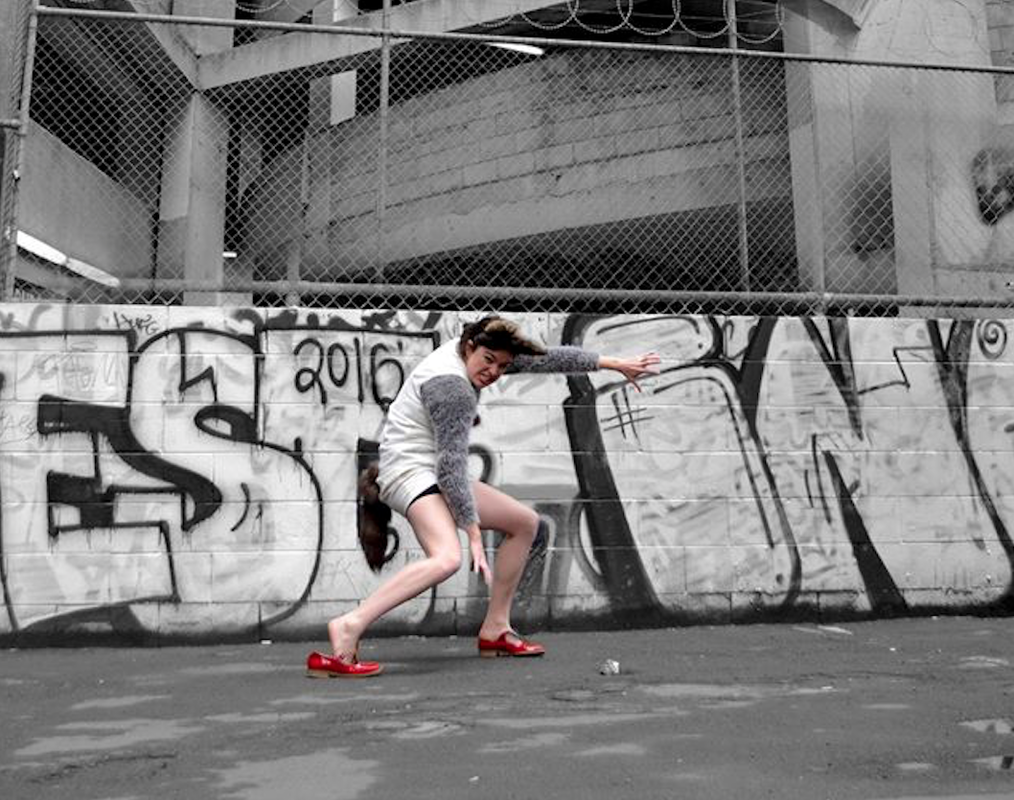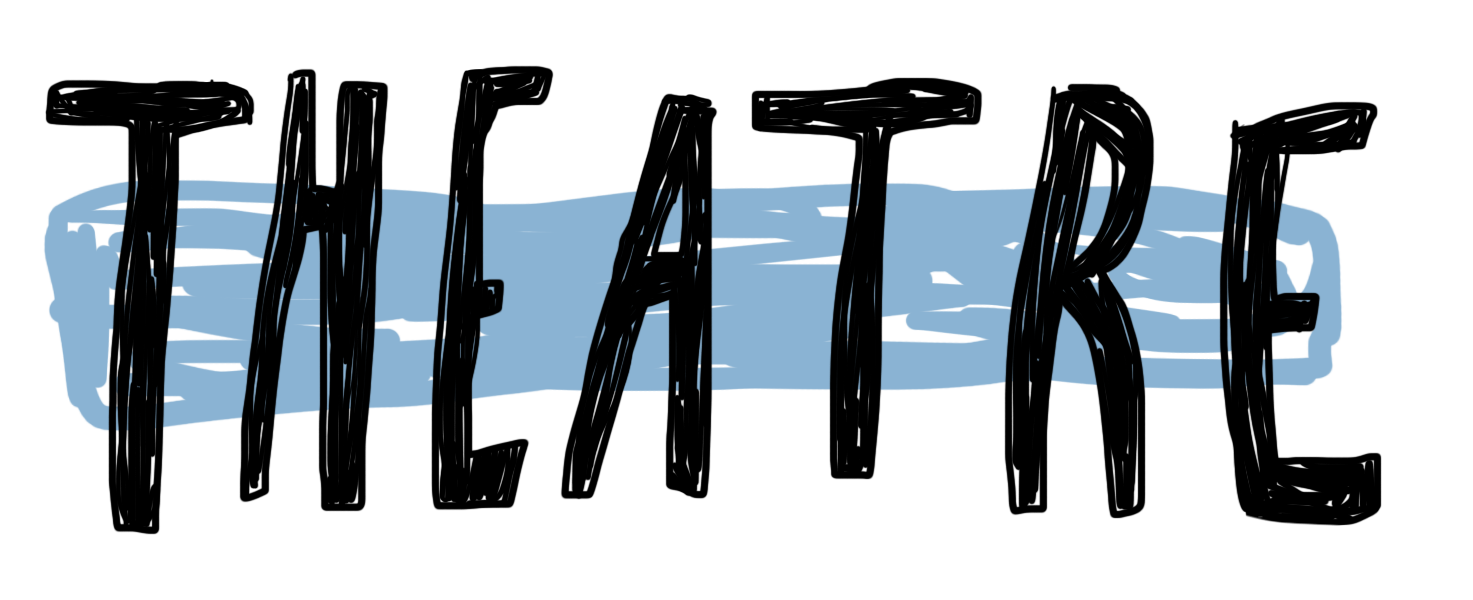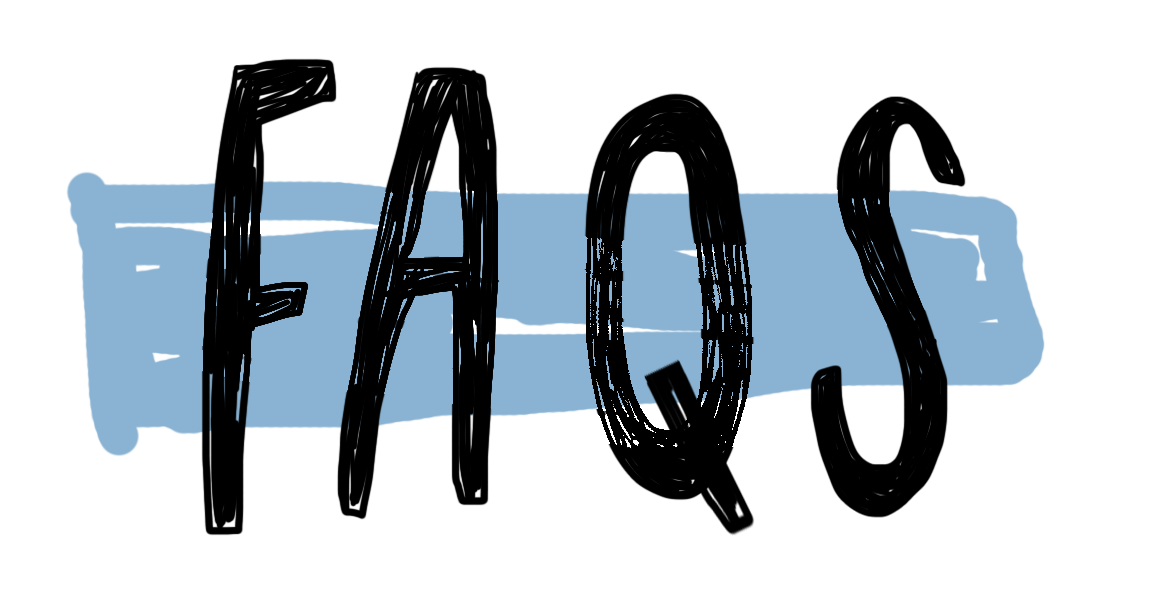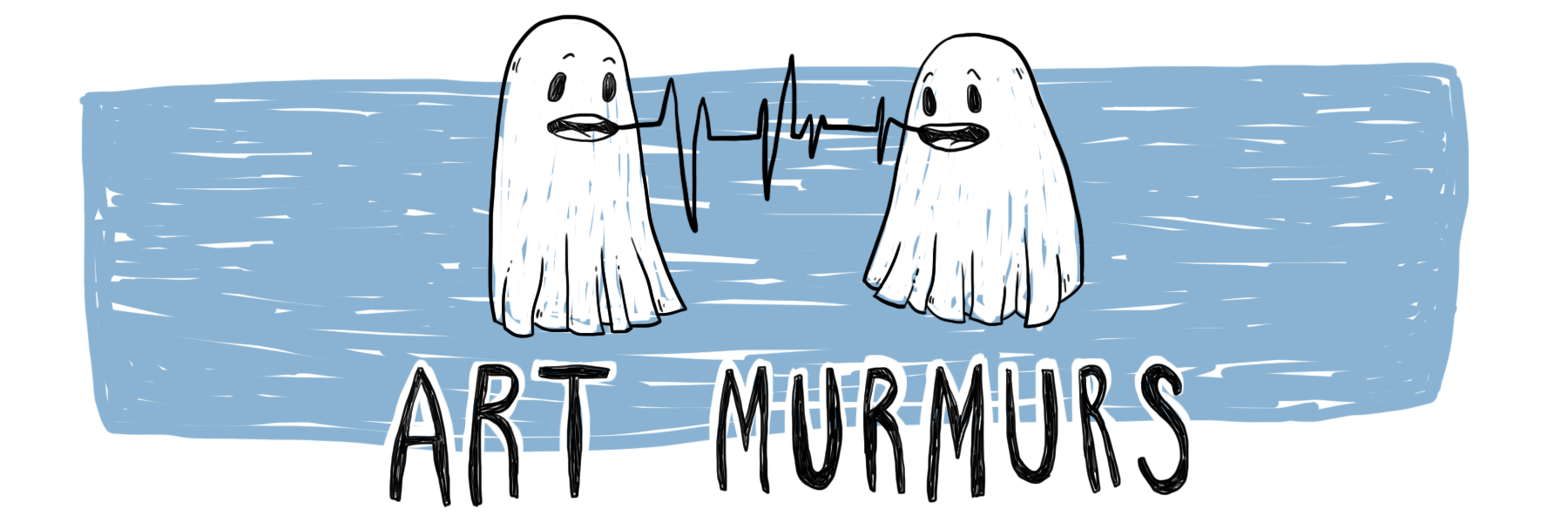Aimee Smith

Her Wild Woman appears in two distinct iterations. The one we first meet is the mischievous, open, warm monkey who greets us at the start of the show. Saker performs this with a boundless bubbling energy, finding a lightness which contrasts starkly with the Wild Woman’s other side. It doesn’t take us long to meet this angry energy, as Saker powerfully thrashes upon the floor in a deeply visceral, beastial fashion.
Saker knows best how to hit us through the language of the body. In a show largely without dialogue, Saker lets every tensing muscle, each limb let loose upon the floor, and the ever evolving language of breath communicate each delicate shift in emotion. Her performance skills in this arena are truly beyond compare. Every movement in muscle is visible, the sweat upon her forehead, every hitch in her breathing. It’s clear Saker is working hard, and it pays off with a performance unparalleled in presence. The connection Saker maintains with her audience throughout the night is impeccable, and key in the sharing of her story. Whether she is playing her public self, and profusely apologising in a grinding scene of public humiliation, or as the inquisitive monkey kindly teasing individual audience members, a key feature seems to be the differences in how Saker feels she must present herself to our sea of watchful eyes. We are constantly challenged in our role as observers, wanting to help the distressed woman in front of us only to have our hands bitten off in the process. Saker is waging a battle with herself, and we get the opportunity to experience it both as outsiders whilst also seeing ourselves in her performance.
This is a show more about feeling than thinking. The act of watching Saker twist through the room is trancelike, she sings to your bones more than your brain. This sensory experience is elevated by Johansson's equally gritty and feather-light sound design, that follows Saker’s emotional dips and flips with ease. A particular standout moment illustrates the literal rise and fall of the cycle of depression. Johansson adds a distinct texture to these distinct yet intertwined worlds through a soundscape simultaneously capturing the alienating depths and resulting clarity that accompanies intense experiences with mental illness. Similarly, Tuck’s lighting design helps capture the dark bestial nature of the Wild Woman. Tuck delights in using light to sculpt Saker’s form, highlighting the landscape of the body that adds to the viscerality and focus on the body that belongs to the show overall.
Ultimately, Where the Wild Woman Is shows a physicalization of a battle familiar on a gut level to all too many women. The conflict between what a woman should be, the swallowing of unpalatable emotions and the artificial cleansing of a huge portion of what it means to be human. It’s a physically draining task, depleting our emotional energies as well as taking its toll on our bodies. An experience in empathy, celebrating a collective catharsis as Saker physically lets lose what decorum states we cannot. The Where the Wild Woman Is season runs on Sunday the 26th of June and the 1st-3rd of July with all sessions beginning at 7.30pm.
Book by emailing Pat-A-Cake Productions directly at [email protected]





